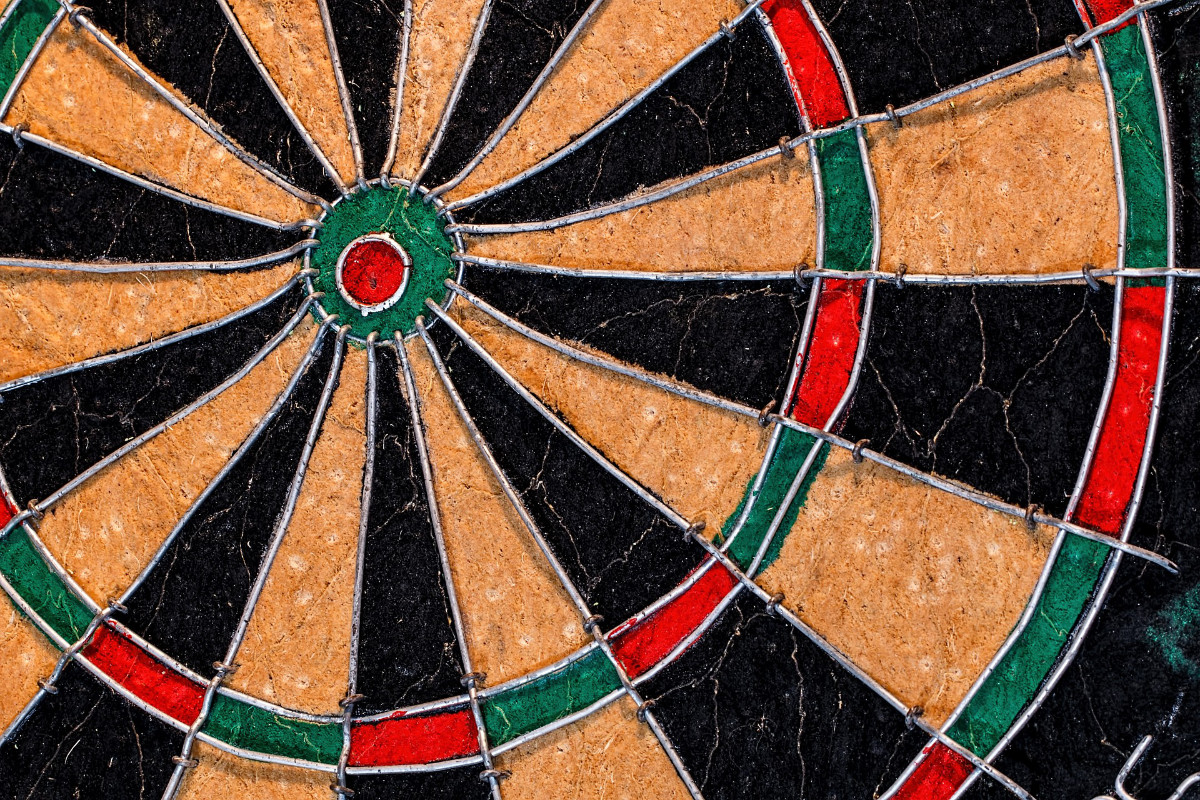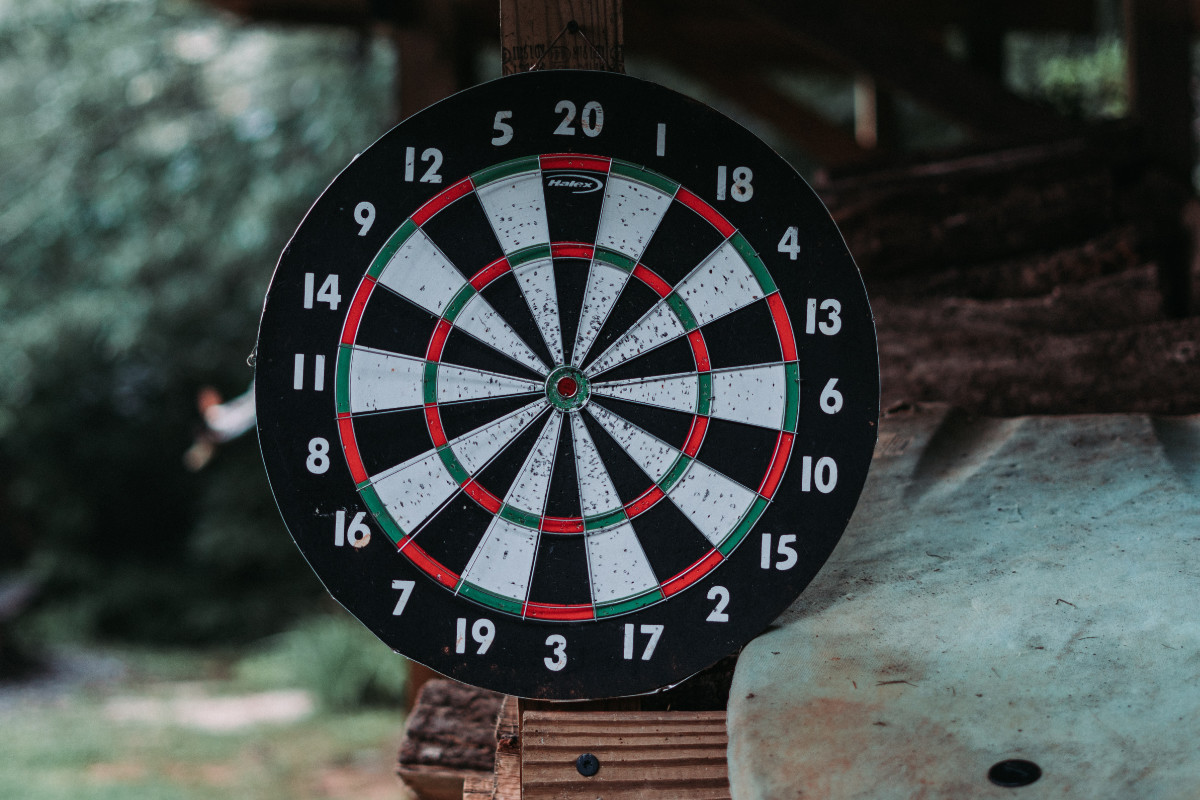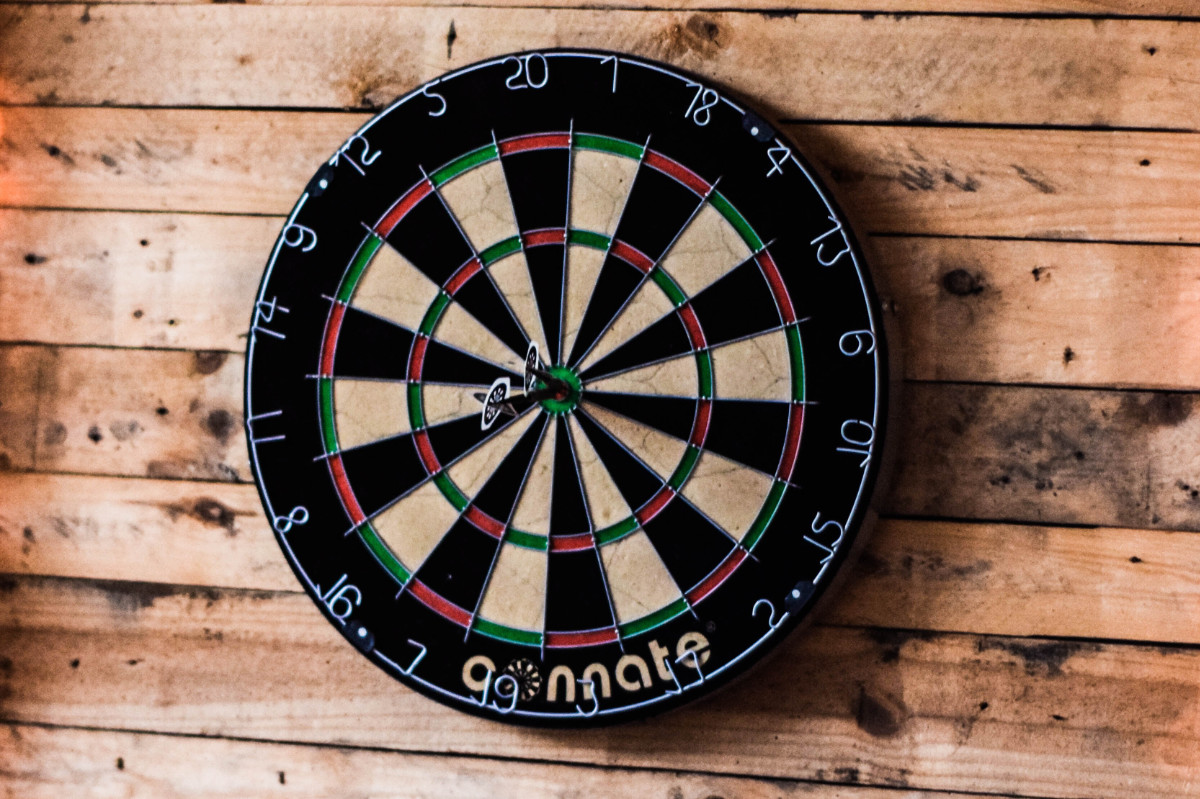Whether you’re a darts enthusiast or a casual player, you might have wondered if the colors on a dart board are standardized. This blog post will explore the history of dart board colors, their standardization, and the significance of consistent colors in professional darts competitions.
The History of Dart Board Colors
Dart boards have a long history, dating back to the late 19th century. Over the years, various colors have been used for the different segments on the board. Traditionally, the colors were selected to create a visually appealing and contrasting design, making it easier for players to distinguish between the segments. The most common color combinations were black and white or black and yellow.
Standardization of Dart Board Colors
Today, the colors of dart boards are indeed standardized, with the World Darts Federation (WDF) setting the guidelines for professional boards. According to the WDF, the standard colors for a dart board are:
- Black for the outer bullseye (double bull)
- Green for the inner bullseye (single bull)
- Red for the double and triple segments in odd-numbered sections
- Black for the double and triple segments in even-numbered sections
These standardized colors are used in all major darts competitions, ensuring a consistent experience for both players and spectators.
Why Are Standardized Colors Important in Darts?
There are several reasons why standardized colors are crucial in professional darts:
- Visibility: The contrasting colors make it easier for players to differentiate between the various segments on the board, enhancing the overall playing experience.
- Consistency: Using standardized colors ensures a uniform appearance across all professional competitions, reducing any potential confusion for players and fans alike.
- Professionalism: Adhering to a standard set of colors showcases the professionalism of the sport, helping to legitimize darts as a competitive and internationally recognized game.
Conclusion
In conclusion, dart board colors are indeed standardized according to the World Darts Federation’s guidelines. The use of consistent colors across all professional competitions ensures better visibility, uniformity, and professionalism in the sport of darts. So, the next time you step up to the oche, you can appreciate the thought and history that went into the design of the board you’re aiming at.



